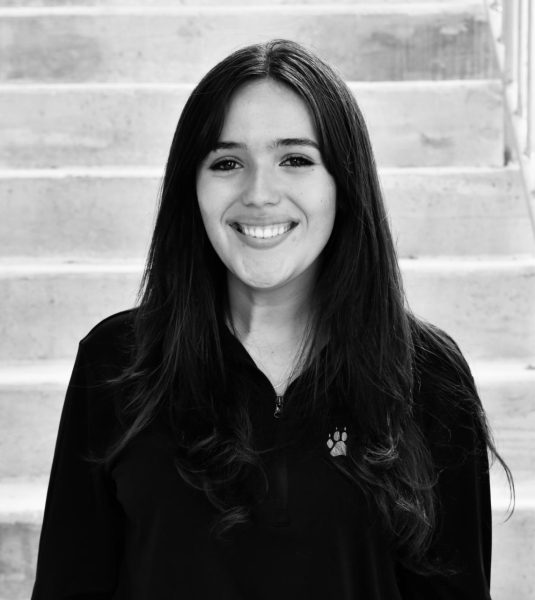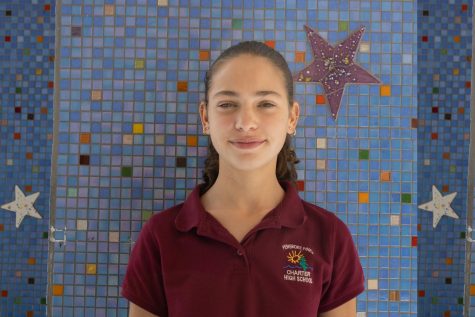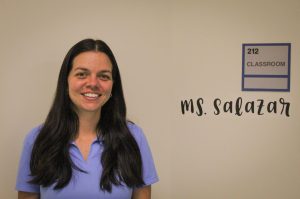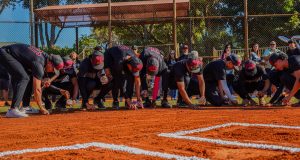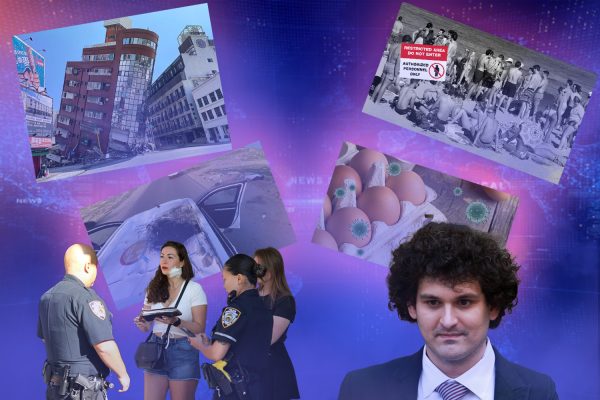The Endgame is Close, College Exams are Closer
October 4, 2022
Four years of high school, four years to prepare for what’s next… or cram it all into the final, overwhelming months before graduation. College-bound Pines Charter students should be cautious of the limited time they have to plan and take their exams, steadily working towards their educational aspirations as soon as in their junior year.
The SATs and ACTs are familiar to and likely feared by the student body–years of build up and academic rigor fall into a three hour session, as students stare blankly at question after question, indirectly paving the road to their lives. Although students have been accustomed to test taking since 2+2 was the most challenging question on their papers, the SATs and ACTs entail thorough preparation. Steering clear of repercussions, students should begin “as soon as [they] can,” PPCHS senior Manuel Villar believes. He concludes that to avoid feeling overcome with anxiety, students should “[start preparing] in junior year. ” Due to the intensity of both exams, junior Kiley Irizzary, who took the SAT for her first time this August, thinks it’s wise to take it ahead of time “because it’s a lot of content.” She continues that “you may think you have it covered, but it’s just good to review.”
Without even realizing it, students take a big leap from sophomore into junior year. Things start to get real, with thoughts about colleges, careers and everything future-related perpetually circulating in their minds.
The first step in progressing to the future: exams.
It’s in the best interest of students to take their first SATs and ACTs early on in junior year, as a starting point in the process that enables them to determine how to proceed. Although the PSAT can be taken in preceding grade levels, as well as in 11th, the only thing that can truly prepare students for the exams are the exams themselves. Given that students can take the SAT an unlimited number of times, and the ACT up to twelve times, they can designate the first attempt to recognize their strengths as well as the areas in which they have room to improve. Utilizing the following months to devise an individualized study plan, students can eventually step back into the testing room, with a newfound sense of confidence and readiness. Kiley “[plans] on taking [the SAT] again in December,” to personally see her progress made within the span of a few months. The second time around, a student’s score should inch closer to the range they desire, perfecting their skills for another attempt. All of this requires time–time that students wouldn’t have if they begin too late, with the addition of unnecessary stress and panic.
Although getting a jump start to the future is advantageous to students, beginning excessively in advance can have the same detrimental effects as waiting until the last minute. Students who have been preparing for the SATs and ACTs as soon as middle school or their freshman year of high school are creating more stress for themselves, constantly worrying about something so far in the distance. It’s all about finding a good balance.
Taking the SATs and ACTs two years before enrolling into college creates a more stable foundation for high schoolers to rely on, giving them the chance to better understand the contents, format, and vigor associated with the exams.

